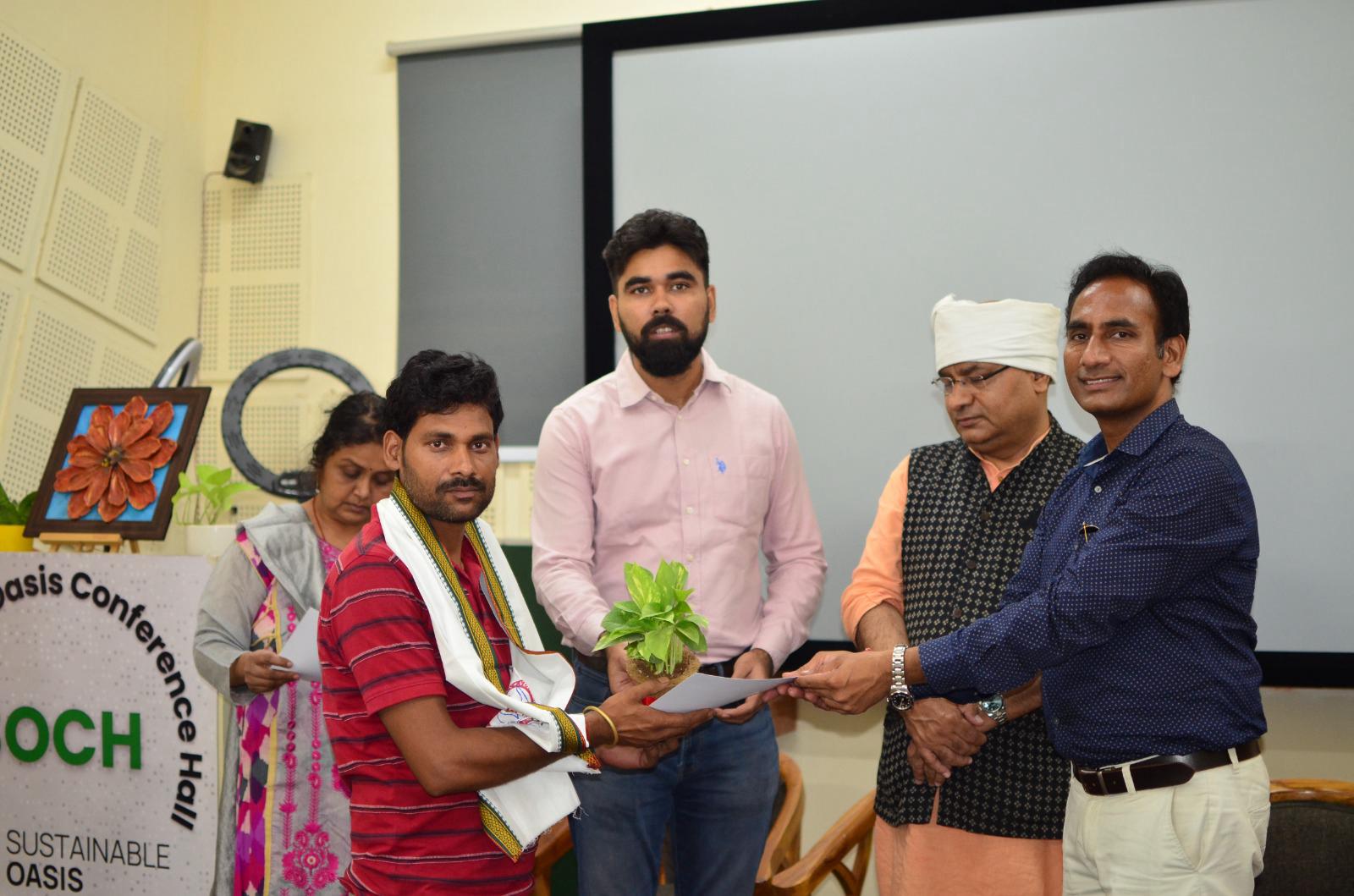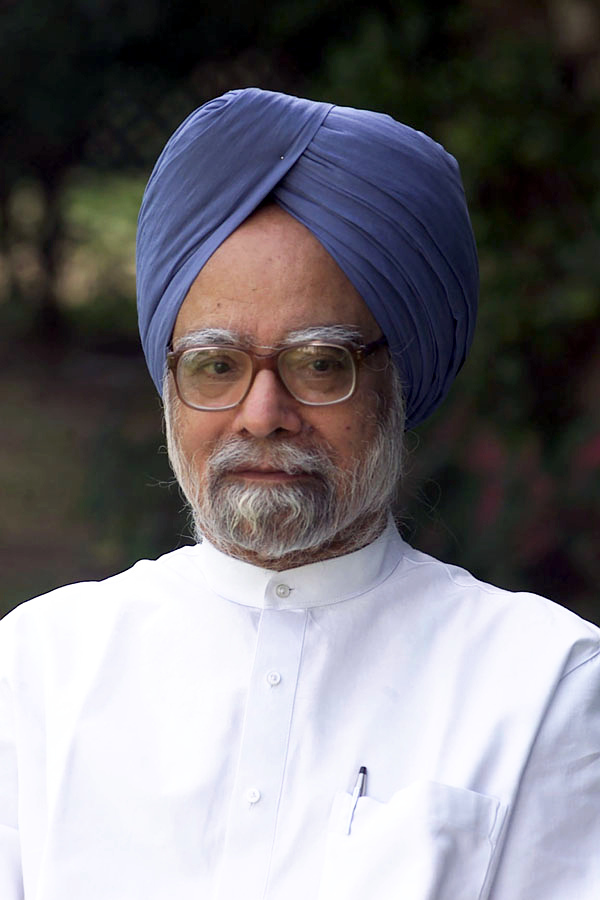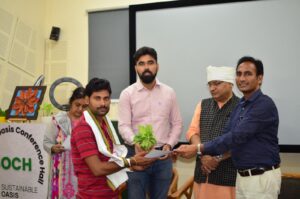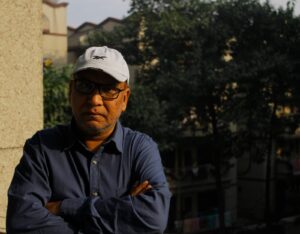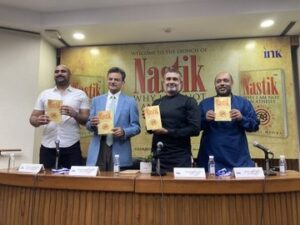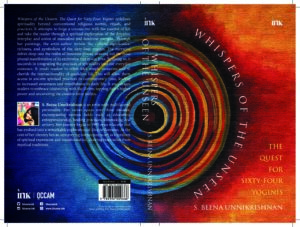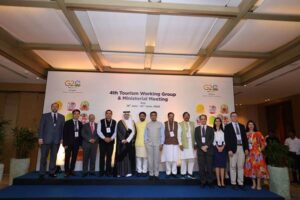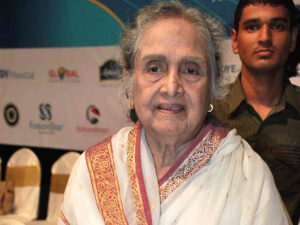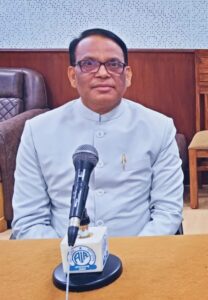Bengaluru lab fabricate nanogenerators to harvest electricity from vibrations
This is a simple, cost-effective, bio-compatible nano-generator that can generate electricity from vibrations all around for use in optoelectronics, self-powered devices, and other biomedical applications
THC Bureau | June 26, 2021 1:37 pm
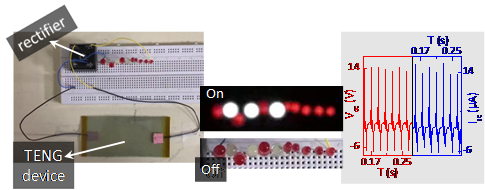
Image of the flexible and transparent TENG device (PIB)
Scientists at the Bengaluru-based Centre for Nano and Soft Matter Sciences have fabricated a simple, cost-effective, bio-compatible, transparent nano-generator that can generate electricity from vibrations all around for use in optoelectronics, self-powered devices, and other biomedical applications.
Searching for renewable energy resources with reduced carbon emissions is one of the most urgent challenges due to the increasing threat of global warming and energy crisis. Some of the unconventional methods to generate electricity include piezoelectric, thermoelectric, and electrostatic techniques used in devices like touch screens, electronic displays, and so forth.
The triboelectric nanogenerators (TENG) make use of mechanical energy in the form of vibrations present everywhere to generate electricity. The energy-harvesting TENG works on the principle of creation of electrostatic charges via instantaneous physical contact of two dissimilar materials, followed by generation of potential difference when a mismatch is introduced between the two contacted surfaces through a mechanical force. This mechanism drives the electrons to move back and forth between the conducting films coated on the back of the tribo layers. The method employed till date to design TENG use expensive fabrication methods like photolithography or reactive ion etching, and additional process like electrode preparation and so on.
According to an official press release, Dr. Shankar Rao and his team from the Centre for Nano and Soft Matter Sciences, Bengaluru, an autonomous institute under the Department of Science & Technology, have designed a transparent TENG, using thermoplastic polyurethanes (TPU) either in the form of electrospun nanofibers or as a flat film using the simpler Doctor’s blade technique, along with Polyethylene terephthalate (PET) as tribo layers.
TPU nanofibers are obtained from the electrospinning (ES) technique. The Doctor’s blade technique, a routine procedure adapted in a variety of situations, squeezes the material through a blade and the substrate yielding a uniform thin layer. The easy availability of the active material and the simplicity of the fabrication process make it cost-effective over currently available fabrication techniques. The resulting device is also highly efficient, robust, and gives reproducible output over long hours of operation. The results were published in ‘Journal of Nanoscience and Nanotechnology’.
The fabricated device could light up eleven LEDs by gentle hand tapping and could be a potential candidate for use in optoelectronics, self-powered devices, and other biomedical applications.







